Cape Snow Bush, Wild Rosemary Eriocephalus africanus (Kapokbossie)
Order: Asterales. Family: Asteraceae. Tribe: Anthemideae

© Tina
West Coast National Park
The genus
Eriocephalus commonly known as ‘wild rosemary’, ‘Cape snow bush’, or ‘kapokbos’ is a member of the family Asteraceae (tribe Anthemideae). The genus is endemic to southern Africa, with the highest concentration of species in the Western and Northern Cape. The genus comprises 32 species and a total of 42 taxa, which are distributed in South Africa, Namibia, Botswana, and Lesotho.
Members of the genus
Eriocephalus are woody, evergreen and often aromatic shrubs. The leaves are simple, quite small and covered with pitted glands. The flowerheads may or may not have outer ray florets, which if present are usually white or in some species pink. After flowering, long white hairs develop in the heads so that they have the appearance of fluffy white cotton balls.
Description
A twiggy shrub to 1-2 m with tufts of narrow, sometimes forked, silvery-silky grey thin leaves; bears small, flat-topped clusters of conspicuously radiate flowerheads at the branch tips, with blunt, white rays.
The minute, silvery hairs covering the leaves trap moisture and thus reduce transpiration. The small, needle-shaped leaves are another adaptation that limits water loss. Along this wide distribution
Eriocephalus africanus is very variable, especially when comparing plants growing in the salty air along the coast with those growing under much drier conditions inland. Shrubs growing on the coast have succulent leaves, whereas those growing away from the coast have thinner, less succulent leaves.
Flowering times vary, but the best displays are in winter when the whole shrub is covered in small, white flowers. Typical of the family Asteraceae, the flowers are a composition of 2-3 showy white ray florets on the outside and purple disc florets in the centre. Soon after flowering, fruits are formed that are covered in long, white hairs. These attractive, fluffy seed heads look like cotton wool or snow, which gave Eriocephalus the common name kapokbos in Afrikaans.
Distribution
Eriocephalus africanus is found throughout the Western Cape, Eastern Cape and southern Namaqualand.
Habitat
Eriocephalus africanus is found mostly on clay and granite hillsides.
Links:
Elizabeth Wanjiku Njenga: THE CHEMOTAXONOMY, PHYLOGENY AND BIOLOGICAL ACTIVITY OF THE GENUS ERIOCEPHALUS L. (ASTERACEAE)

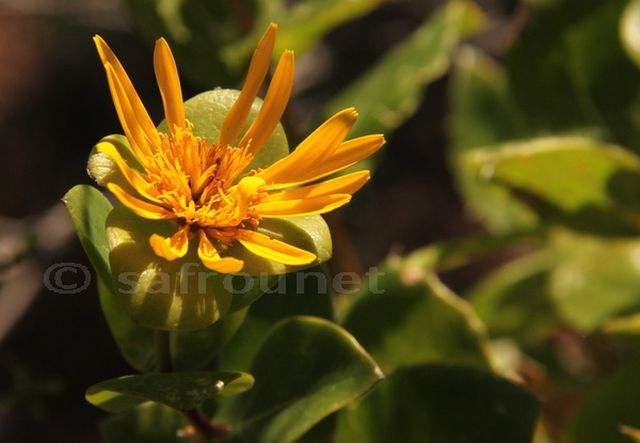



 © Tina
© Tina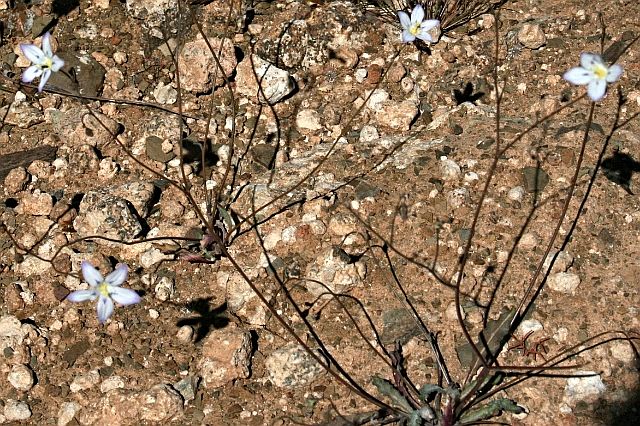 © Tina
© Tina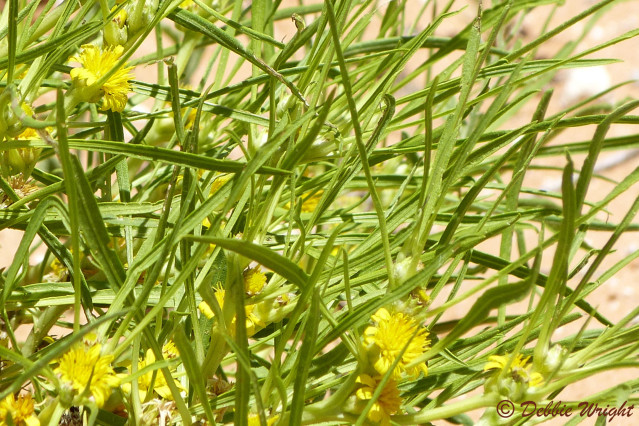 © GavinW
© GavinW © Michael de Nysschen
© Michael de Nysschen © Tina
© Tina © Tina
© Tina © Tina
© Tina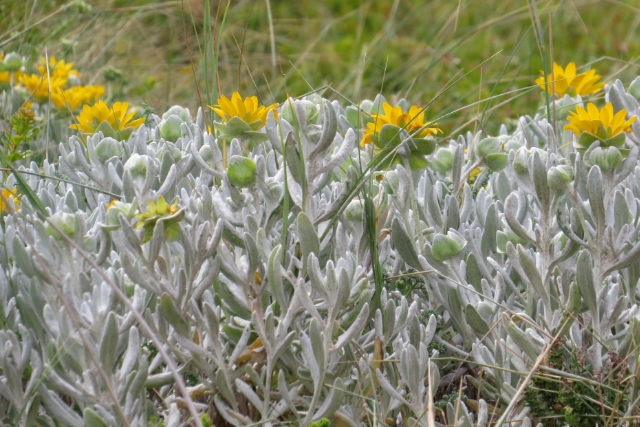 © Tina
© Tina © Tina
© Tina © Tina
© Tina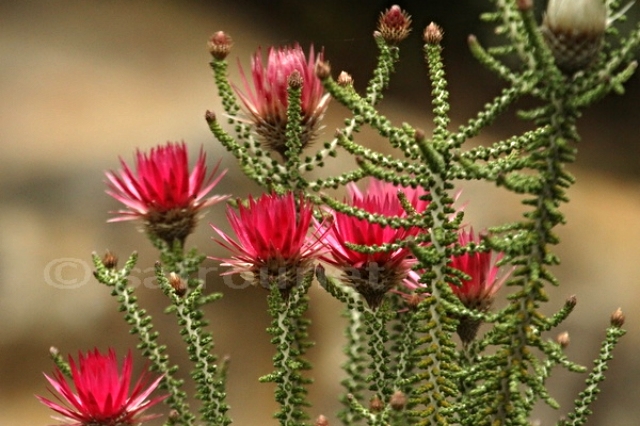 © nan
© nan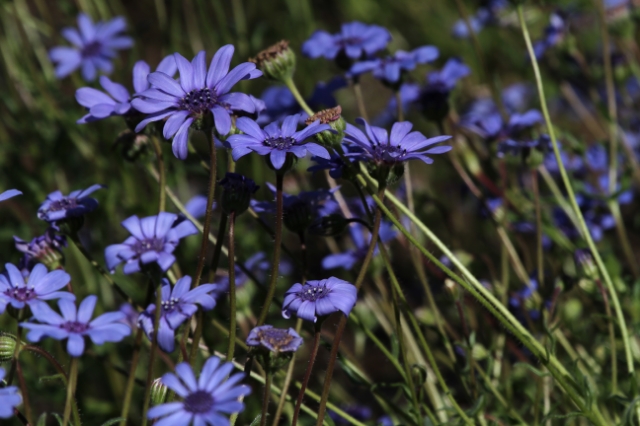 © Tina
© Tina